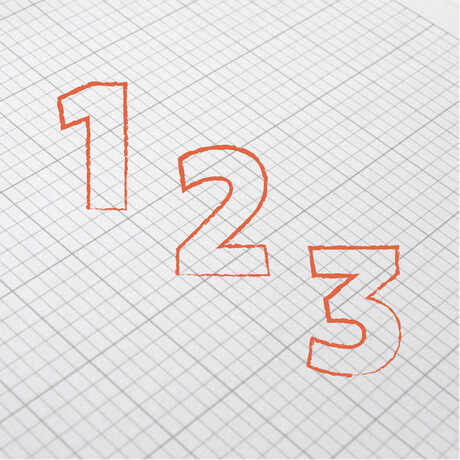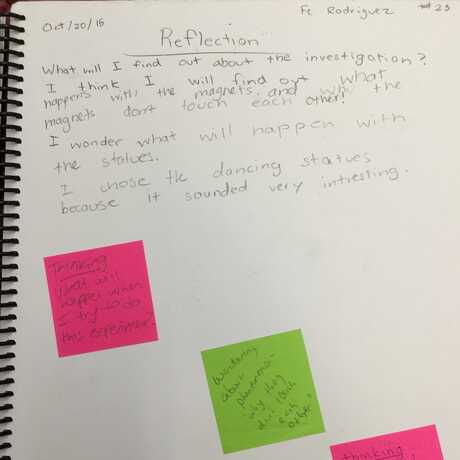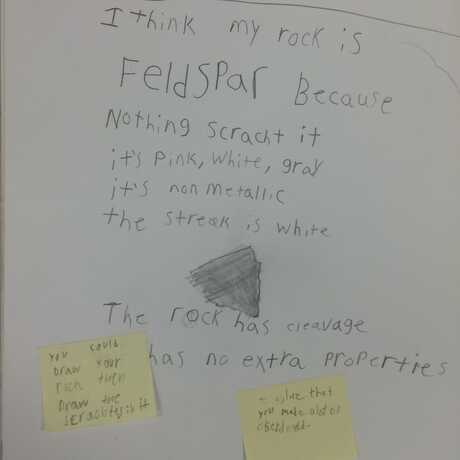Here’s what Rachel has to say about giving feedback to her 5th grade scientists:
I try to give feedback to the 5th graders three times each year, usually just before report card time. I tell them to put sticky notes on two pages they think they did a great job on and want feedback on. I choose two pages to give feedback on, one of the ones they chose, and usually a page different from what they chose, although sometimes I'll choose both of their designated pages.
I write a 3x3 sticky note back to them with a "plus" and a "delta". The "plus" is something they did great and the "delta" is something they can work to change. The "plus" always starts with "Great job..." and the "delta" usually includes "don't forget to...", "explain your thinking", "label your drawings", "use the word because". Sometimes I'll give an example of how to change something or ask a question. Sometimes I'll use an arrow to point directly to what I was talking about.
When students get their notebooks back, they can look at their feedback and then either a) keep it on that page or b) collect it on the last page of their notebook. I usually have several students share out something they want to try and work on.










